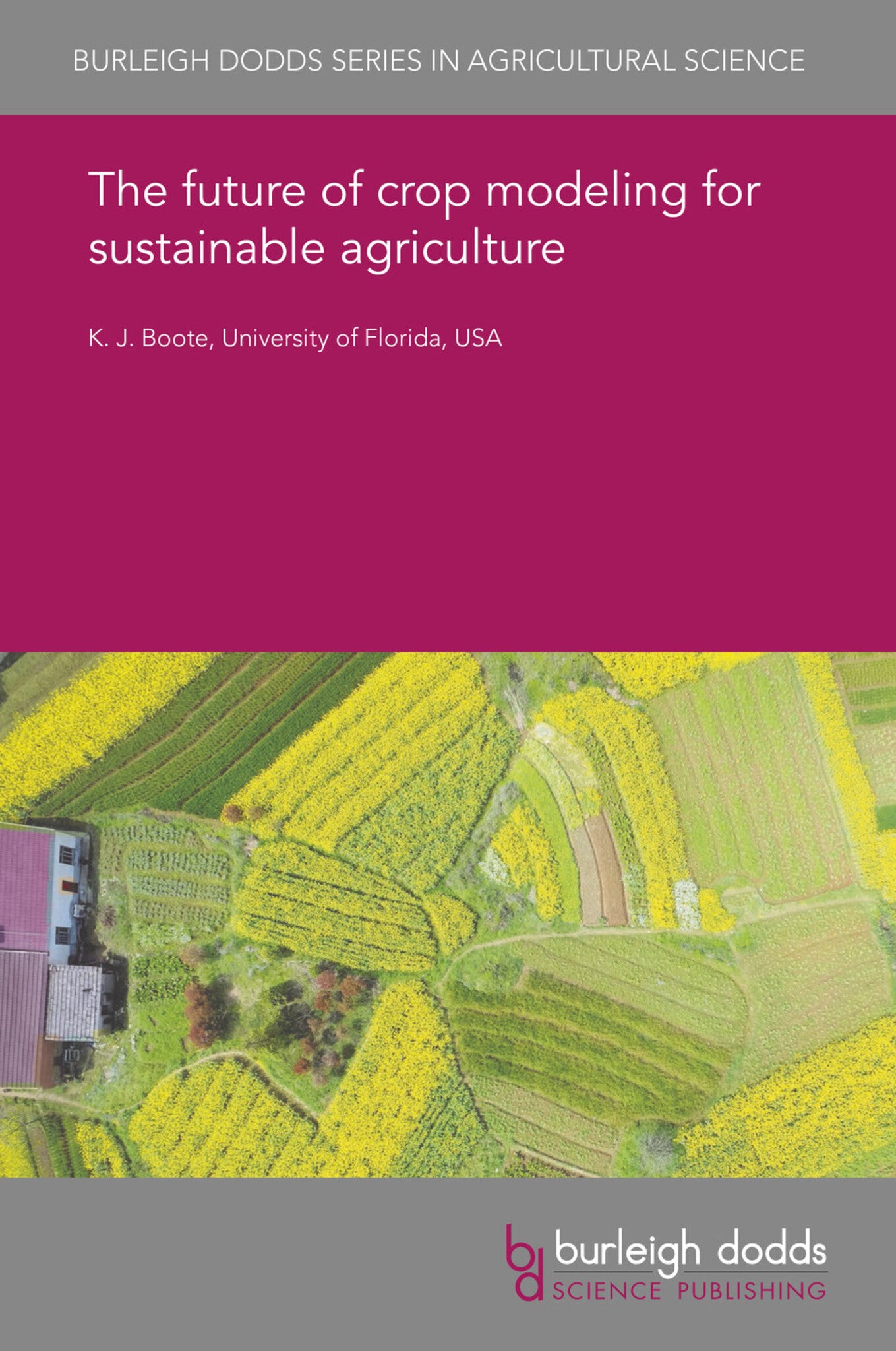We're sorry. An error has occurred
Please cancel or retry.
The future of crop modeling for sustainable agriculture

Some error occured while loading the Quick View. Please close the Quick View and try reloading the page.
Couldn't load pickup availability
- Format:
-
02 December 2019


TECHNOLOGY & ENGINEERING / Agriculture / Sustainable Agriculture, Agronomy and crop production, TECHNOLOGY & ENGINEERING / Agriculture / Agronomy / Crop Science, Sustainable agriculture

1 Introduction 2 The AgMIP decade of multiple crop model evaluations and improvements 3 Expanding the role of agroecosystems modeling 4 Crop models in the classroom 5 Crop modeling for plant breeding and genetics 6 The role of crop models in strategic crop planning and management 7 The role of crop models in real-time decision-making by agricultural enterprises 8 The role of crop models in government policy: predicting famine risk 9 The role of crop models in government policy: predicting and mitigating the impacts of climate change 10 The role of crop models in assessing ecosystem services and resource use 11 The role of crop models in assessing long-term soil fertility and sustainability 12 The impact of machine learning and big data on agroecosystem models 13 Connecting agroecosystem models to other components of farming: livestock and whole-farm models 14 What is new in modeling agroecosystems? 15 What improvements are needed in crop models? 16 Where to look for further information 17 References



